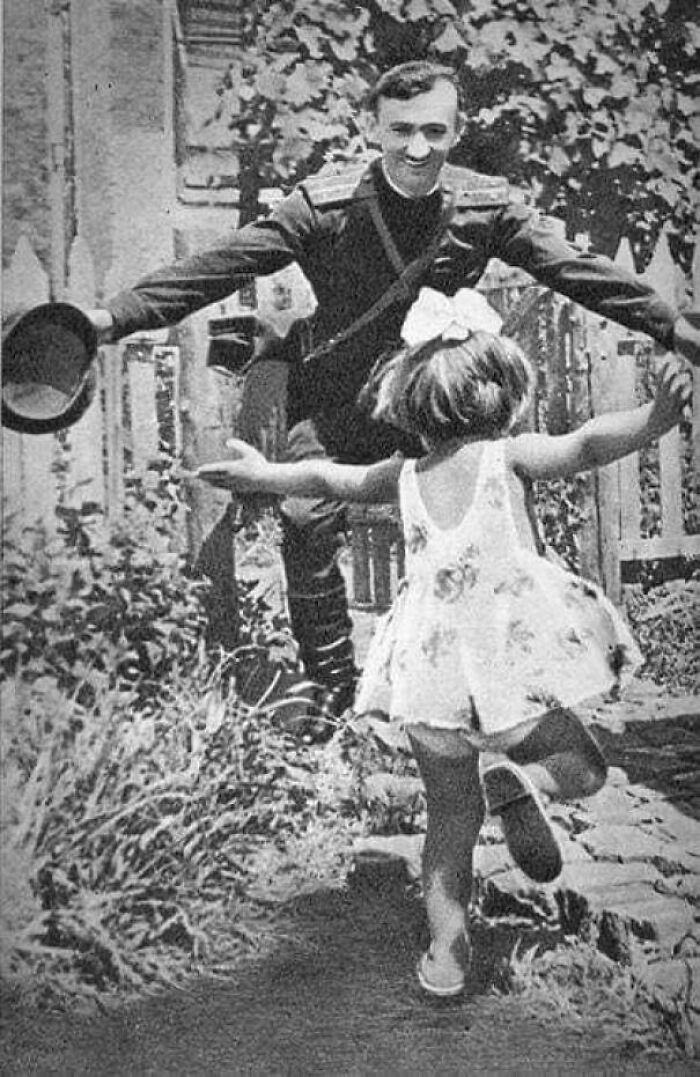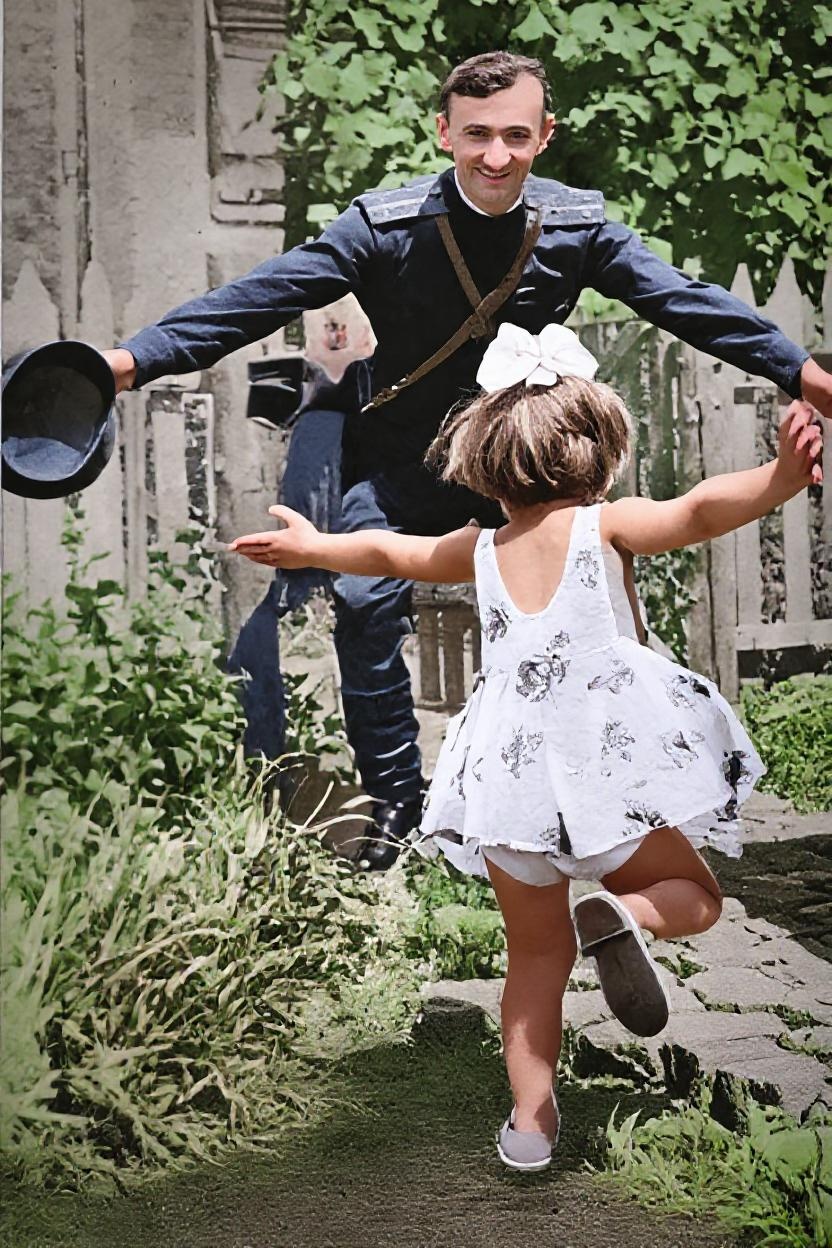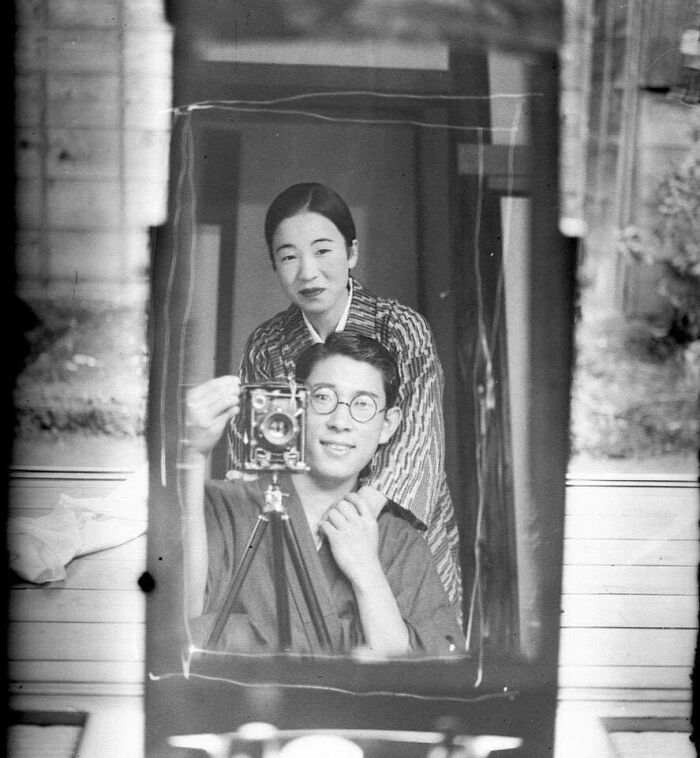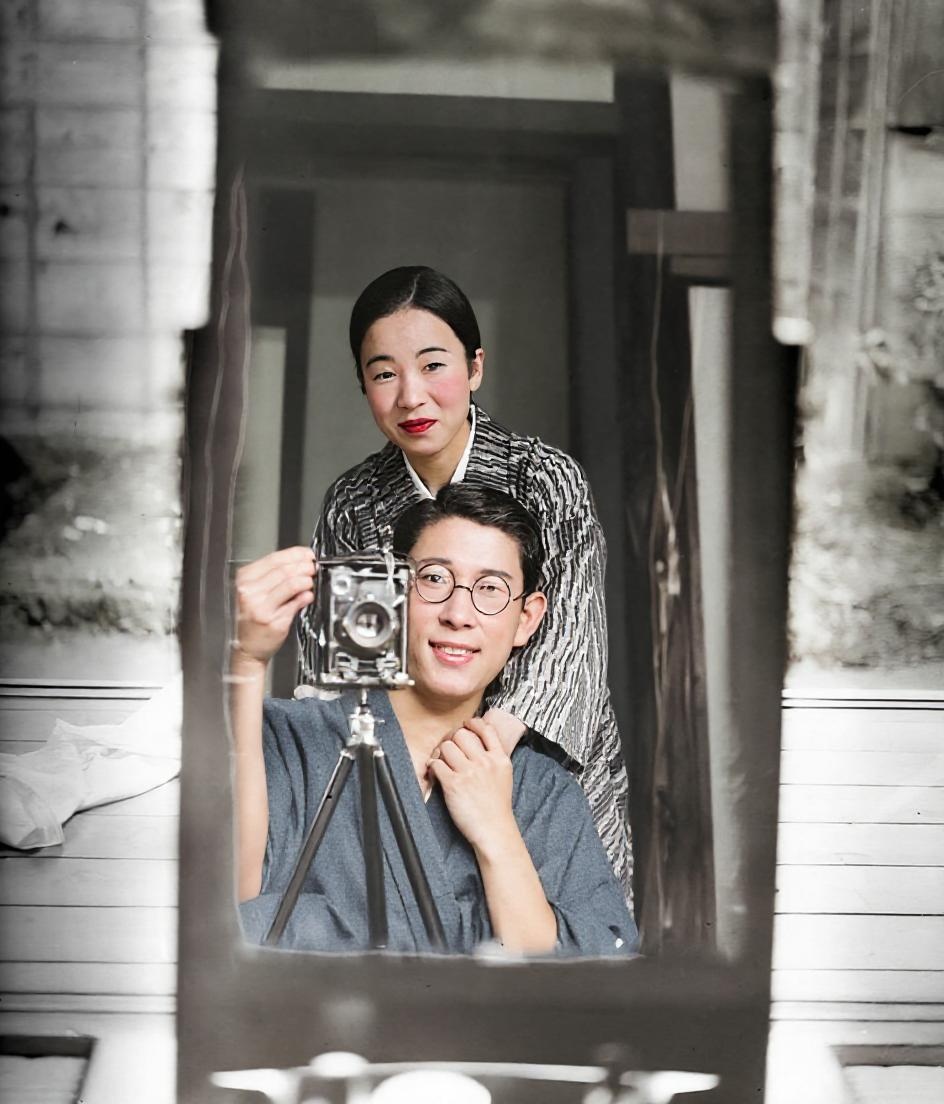How to Restore Old Family Photos Using AI
How to Restore Old Family Photos Using AI
Three weeks ago, my aunt called me in tears. She'd been going through my uncle's belongings after he passed, and found a water-damaged shoebox full of family photos. "Forty years of memories," she said, "and I think they're all ruined."
I drove over expecting the worst, but what I found was actually pretty typical for old family photos: water stains, fading, some torn corners, but most of the images were still there – just hidden under decades of damage.
That's when I introduced her to AI photo restoration.
By the end of the afternoon, we'd recovered dozens of precious family moments she thought were lost forever.
Why Family Photos Matter More Than Ever
There's something different about family photos compared to random old images.
These aren't just pictures – they're the visual history of your people.
That blurry shot of your grandfather teaching your dad to fish? That faded wedding photo of your great-grandparents?
These images carry stories that die with the people in them if we don't preserve them.
I learned this the hard way when my grandfather passed. We had maybe a dozen good photos of him, and half were in pretty rough shape.
I wished I'd started restoring them while he was still around to tell me the stories behind each one.
Starting with the Worst Case: Water Damage
The first photo my aunt and I tackled was probably the most damaged – a military reunion scene that had been soaked at some point. Half the image was stained brown, faces were barely visible, and there were actual water marks across the surface.

Before: Water damaged and stained

After: Memories recovered
The AI restoration didn't just remove the water damage – it brought back details we couldn't even see in the original. The uniforms became clear, facial expressions emerged, and what had been a brown mess turned into a touching moment between what appears to be a father and daughter.
My aunt started crying again, but this time they were happy tears. "I remember this day," she said. "That's your uncle with his daughter at his retirement ceremony."
The Psychology of Photo Restoration
Working with family photos is emotionally different from restoring random vintage images. Every improvement reveals more of someone you love. Every cleared face brings back a memory. Every corrected color makes the past feel more real.
I noticed my aunt's reactions as we worked through the photos. When a face became clearer, she'd tell me about that person. When colors were restored, she'd remember details about the day the photo was taken. The restoration process became a storytelling session.
Common Family Photo Problems and Solutions
Fading Color Photos from the 70s-90s
These are actually some of the easiest to fix with AI. The technology is particularly good at understanding what skin tones and common clothing colors should look like.
We had several photos from family gatherings in the 80s that had that typical reddish fade. The AI corrected the color balance and brought back the original vibrancy without making everything look oversaturated.
Black and White Photos with Stains
Older black and white family photos often have coffee stains, water marks, or just general discoloration from being stored in less-than-ideal conditions.
This photo of what appears to be a Japanese couple taking a self-portrait shows how AI can clean up staining while preserving the authentic feel of the original:

Before: Stained and discolored

After: Authentic vintage feel preserved
The AI removed the stains but kept the grain and texture that makes it feel authentically vintage.
Torn or Folded Photos
Family photos get handled a lot. They get passed around at reunions, stuffed in wallets, tucked into books. This leads to creases, tears, and missing corners.
AI restoration can often reconstruct these damaged areas by analyzing the surrounding image data. It's not perfect – it can't recreate a face that's completely torn away – but it can fill in background areas and minor damage impressively well.
Blurry Childhood Photos
Before digital cameras and image stabilization, capturing kids in motion was tough. We all have those blurry photos of birthdays, Christmas mornings, and family vacations where the kids wouldn't sit still.
Modern AI can often sharpen these images significantly. It won't turn a completely blurry mess into a crystal-clear portrait, but it can often recover enough detail to make the photo meaningful again.
The Process I Use for Family Photo Restoration
Step 1: Organize and Prioritize
Don't try to restore everything at once. Start with the most important or most damaged photos. I create three piles:
- Must restore: Irreplaceable moments or people
- Should restore: Good photos that would benefit from improvement
- Could restore: Everything else
Step 2: Scan at High Resolution
If you're working from physical photos, scan them at 600 DPI minimum. Even if the original is small, the higher resolution gives the AI more data to work with.
Step 3: Start with the Worst Damage
I know it sounds backwards, but I start with the most damaged photos. This helps you understand what the AI can and can't do, and the dramatic improvements are encouraging.
Step 4: Keep Detailed Notes
Document what you know about each photo before you start. Date, location, people's names, any stories associated with it. This information becomes precious family history.
Sharing Restored Photos with Family
This is where the magic really happens. I created a shared folder where family members could access the restored photos and add their own memories and stories.
My cousins started contributing photos I'd never seen. My aunt remembered stories she hadn't told in years. What started as a photo restoration project became a family history preservation effort.
The most touching moment came when my 85-year-old grandmother saw a restored photo of her parents from the 1920s. "I haven't seen their faces this clearly since I was a little girl," she said.
Technical Tips for Family Photos
Multiple people in the photo: AI handles group photos well, but sometimes faces at the edges get less attention. You might need to crop and restore individual faces separately, then composite them back.
Different eras: Photos from different decades have different characteristics. 1950s photos fade differently than 1980s photos. Some AI tools have era-specific settings.
Mixed lighting: Family photos often have challenging lighting – indoor shots with flash, outdoor shots with strong shadows. Modern AI is pretty good at balancing exposure across the image.
Creating New Family Traditions
After seeing the results, several family members started digitizing their own photo collections. We established a "family photo day" where we get together quarterly to scan and restore old photos while the older generation is still around to provide context.
This has become one of our most meaningful family activities. Kids who barely look up from their phones get fascinated when they see great-great-grandparents their age in restored photos.
The Unexpected Benefits
Beyond just fixing damaged photos, I discovered some unexpected benefits:
Discovery: Sometimes clearing up a background reveals details you never noticed – street signs that show locations, people in the background you forgot were there, dates on newspapers or signs.
Connection: Restored photos make the past feel more immediate. When a 100-year-old photo looks sharp and clear, the people in it feel more real, more connected to you.
Motivation: Success with restoration motivated family members to take better care of photos going forward and to be more intentional about creating and preserving memories.
Lessons Learned
After restoring hundreds of family photos, here's what I've learned:
Start now. Don't wait until someone passes away or photos get more damaged. The older generation's memories of these photos are as valuable as the photos themselves.
Quality matters more than quantity. It's better to carefully restore 20 meaningful photos than to quickly process 200 random ones.
The process is as important as the result. The conversations that happen while restoring family photos are often as valuable as the restored images themselves.
👉 Ready to restore your family photos? Get started here and start preserving your memories today.